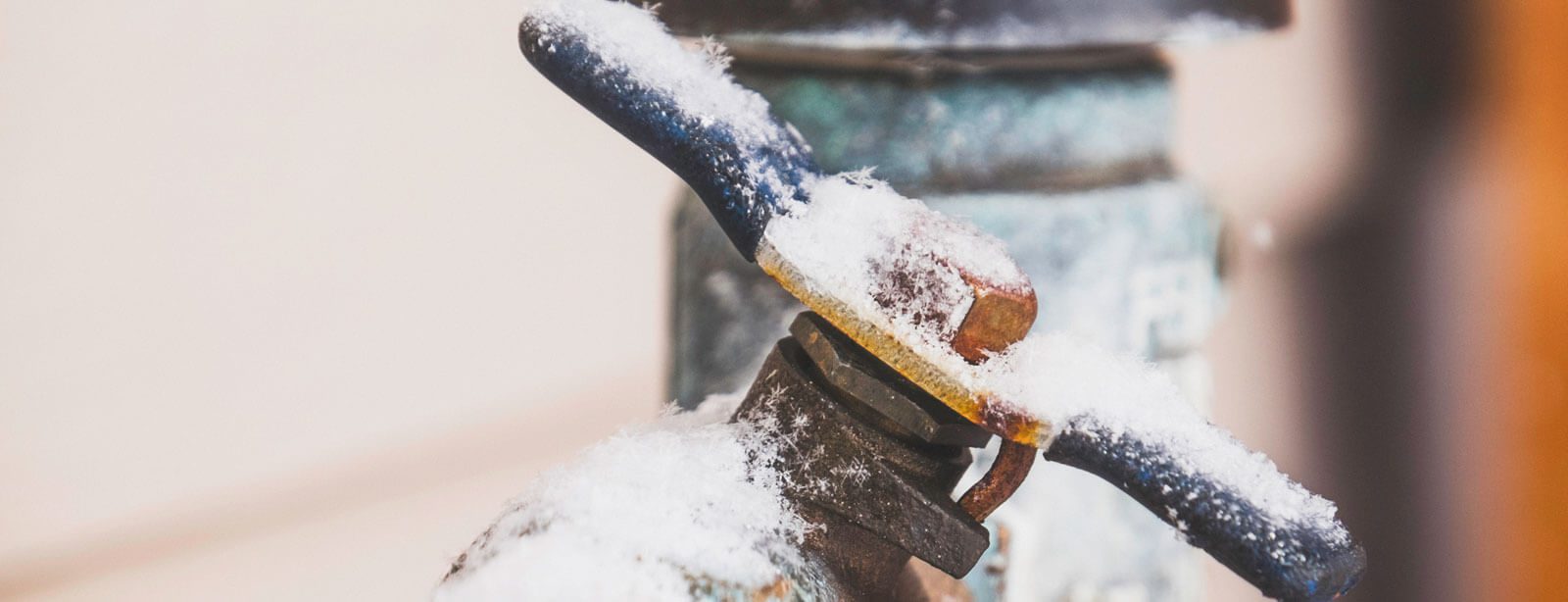Protect Against Frozen Pipes in Cold Weather: Pro Strategies
Protect Against Frozen Pipes in Cold Weather: Pro Strategies
Blog Article
In this article underneath you can get a good deal of excellent facts in regards to How To Avoid Freezing Pipes.

Cold weather can wreak havoc on your plumbing, particularly by freezing pipes. Here's how to prevent it from happening and what to do if it does.
Intro
As temperature levels decrease, the danger of frozen pipelines rises, potentially causing costly repairs and water damages. Comprehending how to stop frozen pipelines is vital for house owners in chilly environments.
Prevention Tips
Shielding vulnerable pipelines
Wrap pipelines in insulation sleeves or use warm tape to protect them from freezing temperatures. Concentrate on pipes in unheated or external areas of the home.
Heating methods
Maintain interior areas properly warmed, especially locations with pipes. Open cabinet doors to enable cozy air to flow around pipelines under sinks.
Just how to identify frozen pipes
Search for decreased water flow from faucets, unusual odors or noises from pipes, and noticeable frost on revealed pipelines.
Long-Term Solutions
Architectural changes
Consider rerouting pipes away from outside wall surfaces or unheated locations. Add extra insulation to attics, cellars, and crawl spaces.
Upgrading insulation
Purchase high-grade insulation for pipelines, attics, and wall surfaces. Proper insulation helps keep constant temperatures and reduces the threat of frozen pipelines.
Shielding Outside Pipes
Garden tubes and outside faucets
Detach and drain yard hoses prior to winter. Set up frost-proof faucets or cover outdoor taps with insulated caps.
Recognizing Icy Pipes
What causes pipes to ice up?
Pipelines ice up when exposed to temperatures below 32 ° F (0 ° C) for prolonged durations. As water inside the pipelines ices up, it increases, taxing the pipe walls and possibly creating them to break.
Threats and problems
Icy pipelines can bring about water supply interruptions, property damages, and pricey fixings. Ruptured pipes can flood homes and cause considerable architectural damage.
Signs of Frozen Piping
Identifying icy pipes early can prevent them from breaking.
What to Do If Your Pipes Freeze
Immediate actions to take
If you presume frozen pipelines, keep taps open up to eliminate pressure as the ice thaws. Use a hairdryer or towels taken in hot water to thaw pipes gradually.
Final thought
Preventing frozen pipes requires aggressive steps and fast responses. By recognizing the causes, indications, and safety nets, homeowners can safeguard their pipes during cold weather.
5 Ways to Prevent Frozen Pipes
Drain Outdoor Faucets and Disconnect Hoses
First, close the shut-off valve that controls the flow of water in the pipe to your outdoor faucet. Then, head outside to disconnect and drain your hose and open the outdoor faucet to allow the water to completely drain out of the line. Turn off the faucet when done. Finally, head back to the shut-off valve and drain the remaining water inside the pipe into a bucket or container. Additionally, if you have a home irrigation system, you should consider hiring an expert to clear the system of water each year.
Insulate Pipes
One of the best and most cost-effective methods for preventing frozen water pipes is to wrap your pipes with insulation. This is especially important for areas in your home that aren’t exposed to heat, such as an attic. We suggest using foam sleeves, which can typically be found at your local hardware store.
Keep Heat Running at 65
Your pipes are located inside your walls, and the temperature there is much colder than the rest of the house. To prevent your pipes from freezing, The Insurance Information Institute suggests that you keep your home heated to at least 65 degrees, even when traveling. You may want to invest in smart devices that can keep an eye on the temperature in your home while you’re away.
Leave Water Dripping
Moving water — even a small trickle — can prevent ice from forming inside your pipes. When freezing temps are imminent, start a drip of water from all faucets that serve exposed pipes. Leaving a few faucets running will also help relieve pressure inside the pipes and help prevent a rupture if the water inside freezes.
Open Cupboard Doors
Warm your kitchen and bathroom pipes by opening cupboards and vanities. You should also leave your interior doors ajar to help warm air circulate evenly throughout your home.

As a person who reads on Helpful Tips to Prevent Frozen Pipes this Winter, I assumed sharing that piece of content was really useful. Make sure you set aside a second to share this post if you appreciated it. Many thanks for going through it.
Click Here To Read More Report this page